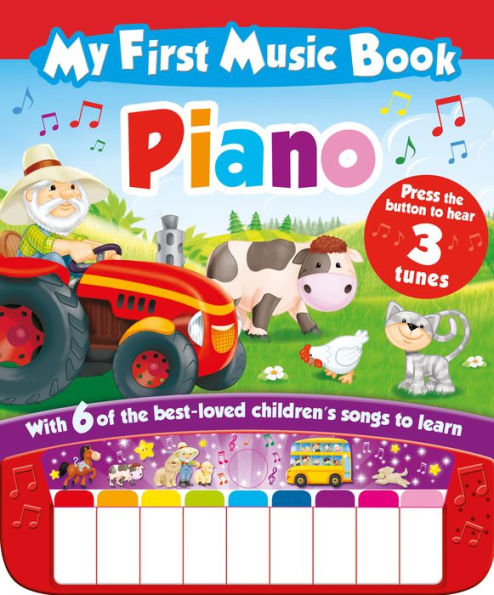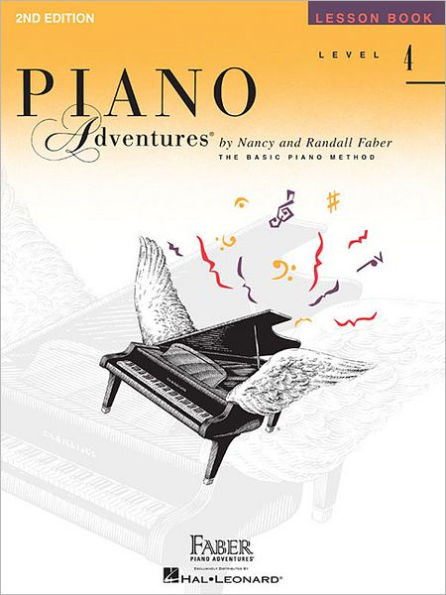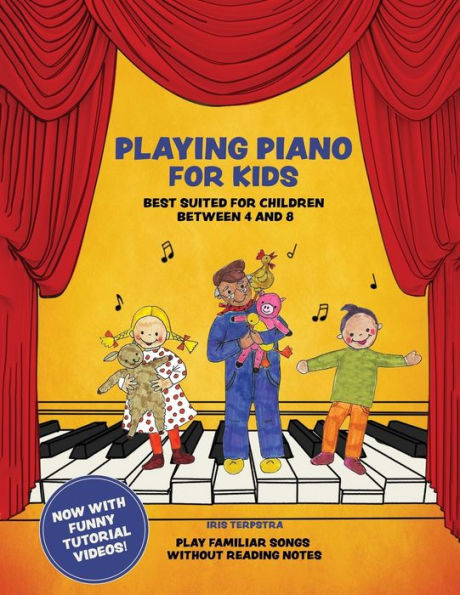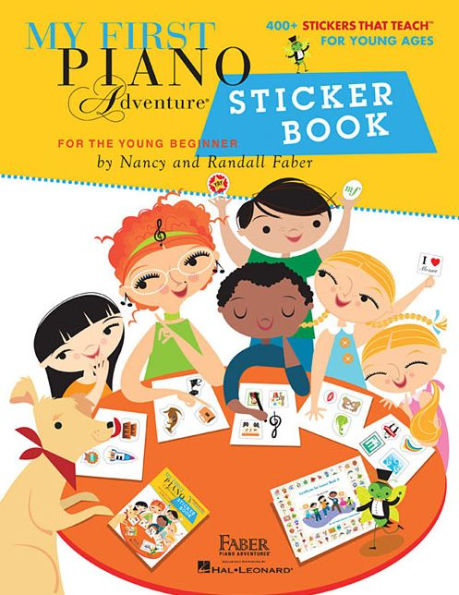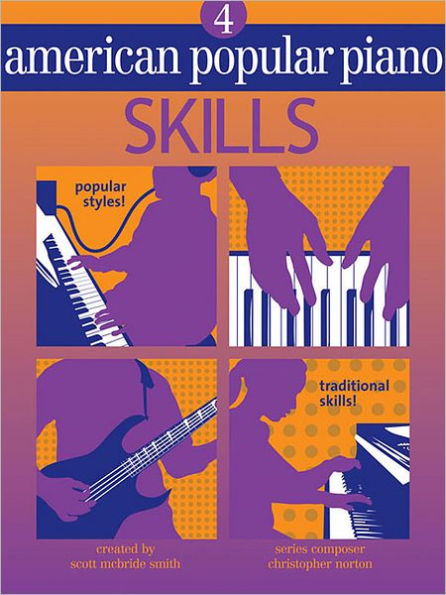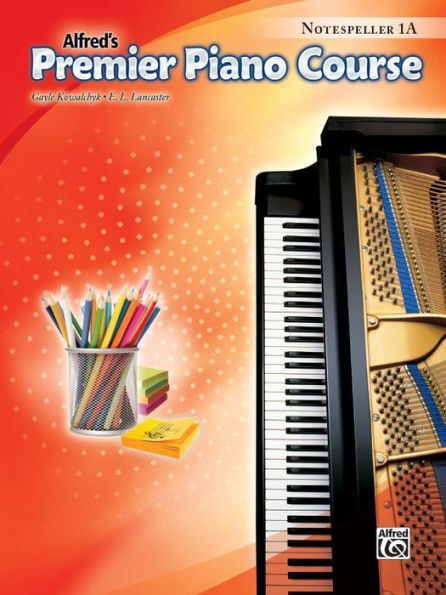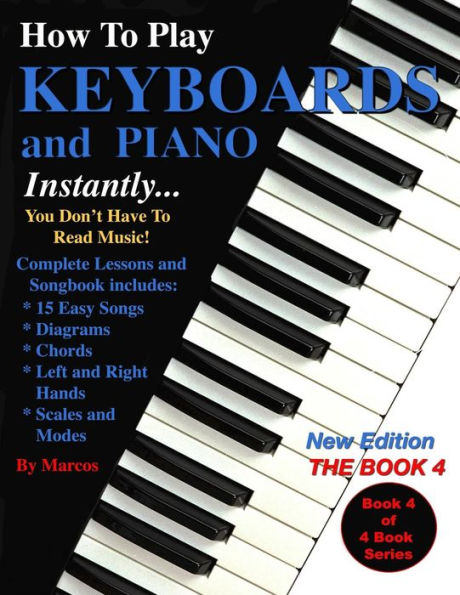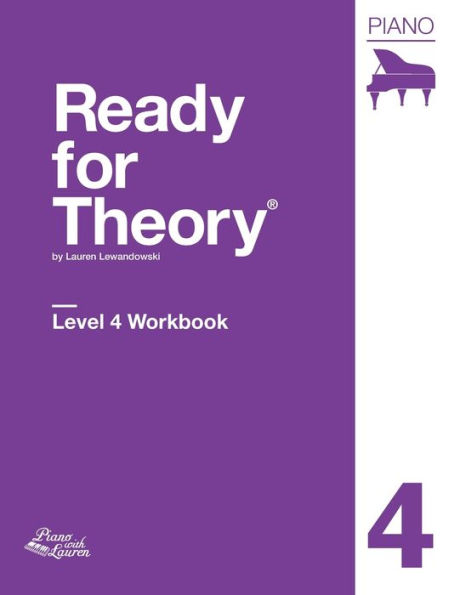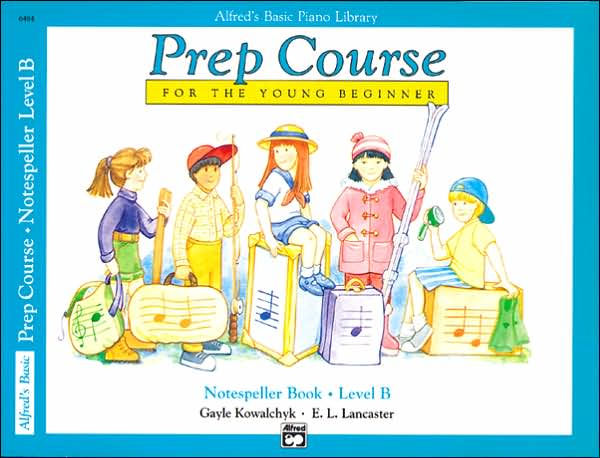Home
Magic piano book for 4 year olds - Primer Level A: For the young beginner
Loading Inventory...
Barnes and Noble
Magic piano book for 4 year olds - Primer Level A: For the young beginner
Current price: $13.09
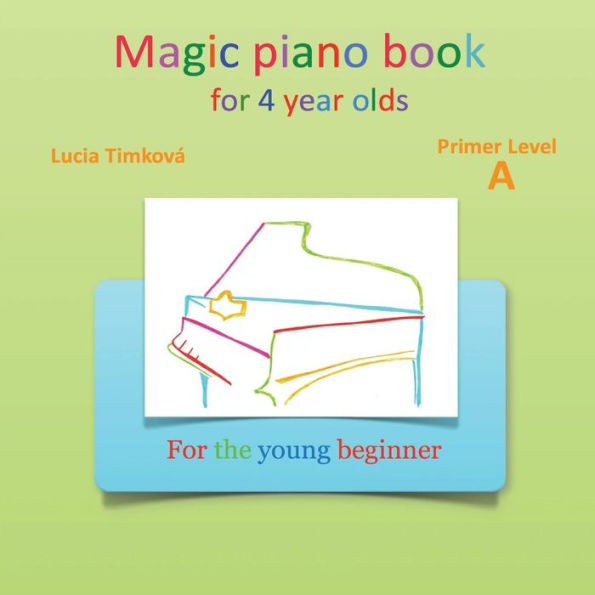

Barnes and Noble
Magic piano book for 4 year olds - Primer Level A: For the young beginner
Current price: $13.09
Loading Inventory...
Size: OS
*Product Information may vary - to confirm product availability, pricing, and additional information please contact Barnes and Noble
This method provides solid training for beginners, from the youngest to the oldest, using easy ways to make quick progress without difficulties in understanding. To help with the teaching process, many colored pictures and graphics use the student's visual memory to get a strong and secure grasp of the basics uses. Students gain an understanding of the basic important theory using many coloured pictures to prompt their visual memory to help them understand and use it in their exercises in practice songs and to practice/test it in the workbook.Note-reading skills. The students are to say the names of the notes aloud and count them while they play the exercises on the piano. This makes students realize what notes they are playing, which is not easy. They don't learn it by memorising using the finger guide or by memorising the melody. Rather, they have to know the exact note names. They read notes from the very start.Each finger or a new note is individually and strongly developed using a lot of exercises for particular subjects from the beginning with a graduated, consistent method. Another strength is the introduction of ensemble playing from the very beginning. Beginner students have to play each exercise three times: say letter names while they play, count while they play, and play with a teacher. This is important for the teacher to help guide the student and to make sure that students understand the individual notes and already know how to play each exercise before they go home. When the students can read music, performing becomes a joy rather than a dreaded experience. In the workbook, which is included for each level you are going to confirm the notes and the theory/terminology you have learned during the lesson in three steps, which should be done in each lesson. Writing the notes, finding the notes on the staff/stave in different orders and playing the game "Noughts and Crosses" where students are drawing and explaining the symbols to help them remember it.After students have completed books A/B for four year olds, 1A/1B and 2A/2B, they are competent in music terminology and sight reading. They have a solid enough understanding to begin studying books of other composers; Classical or Christmas books at that particular level. Magic Piano book 1A begins by reviewing the same concepts taught in Magic Piano A/B for four year olds and also introduces new concepts for the left hand, with progression to book 1B. Using CD http: //www.amazon.com/Magic-piano-book-Lucia-Timkova/dp/B00N37Q0VU/ref=sr_1_1?ie=UTF8&qid=1420202341&sr=8-1&keywords=Magic+piano+book+accompaniments+A-B+Lucia+timkova you can simulate the use of a metronome, and in a fun environment, train for use of a metronome, and have you, or your student play along with nice background music to the theme of the song! Definitely worth it when used with the designed book.

